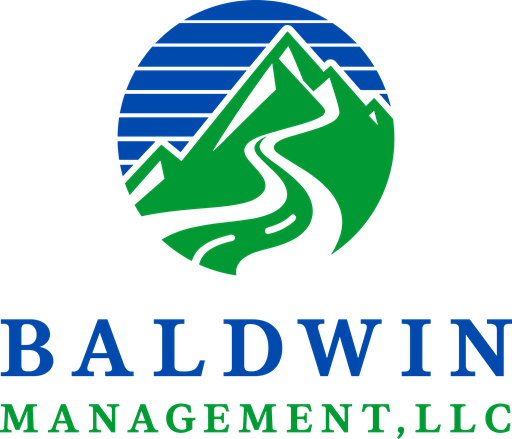It was in the early 2000’s that the wind industry, used to generate electricity, started to power homes and reduce hydrocarbons in the air. Those first-generation machines are now some 20 years old, and the technology associated with them (think blades and generators) is certainly dated as compared to the machines being erected today. A typical Gen1 windmill stands 90 meters tall and can generate 800Kw (enough to power 48,000 homes), while a new machine will be 240 meters high and will generate 7,000Kw.
Companies involved with wind power (i.e., Brookfield Renewable (BEP), NextEra Energy (NEE), Siemens (SIEGY), etc.) are battling numerous regulatory, economic and social crosscurrents, making next step decisions difficult and time consuming. It would seem to be a “no brainer” for a management team to go back into an old, operating wind farm to repower those windmills with current technology and dramatically increase the farm’s efficiency. Unfortunately, it is typically not so simple. Costs of construction and for the new technology have increased significantly. Regulatory hurdles have become higher despite the “green good” that these windmills do for power generation. It can take 8 -9 years of regulatory skirmishes before a project can be approved. Allowing such a lag between project concept and project approval too often results in project cancellation. Further, it is not unusual for neighbors to object to new, much taller windmills, even though they have lived for years alongside shorter ones. Economically, there is some hardship for owners as they lose revenues between when old machines are retired and new ones are put into service. Additionally, it is not just erecting 10 new windmills while retiring 40 old machines. The supporting infrastructure must be considered – like the grid which must also be upgraded to handle the increased generating capacity of new windmills. Lastly, government subsidies so far have provided important financial support for the wind industry. This economic aid, however, is no longer as generous as it used to be when the industry was emerging. Decades ago, people were more willing to help. As political winds have recently shifted, green energy is seen by some as too controversial and some funding has been restricted, which in turn has forced project cancellation. All the aforementioned pertain to repowering an existing site. It is much worse for those who attempt a greenfield development.
Despite the above warnings, we are not suggesting that wind power will wither on the vine. That risk has passed, in our opinion. The industry is too well-established and the climate issues which helped birth this industry have not gone away. Green energy, in the form of wind, solar or hydro will have a place in the emerging energy mosaic, and in certain locales green energy will be advantaged over hydrocarbon energy. The use of hydrocarbons will be reduced – but not eliminated for a long time, if ever. Green energy will grow in importance – but will not take over our hydrocarbon energy-based world for a long time, if ever. Those green companies like BEP and NEE with first mover advantage will have cost advantages that “late comers” will not. Oil and gas companies like ExxonMobil, Total, Chevron, etc., are too entrenched to be dislodged quickly. They will use their oceans of cash flow to invest in alternative energy, as they are doing currently, and they will be around for the foreseeable future.
Our point, in furtherance of one we had made in our year-end Commentary, is simply this: energy is in everything and is used for everything in our lives. We are transitioning from a dominant form of energy (hydrocarbons and the internal combustion engine) to much more of an energy mosaic which includes wind, solar, hydro, hydrogen and nuclear. We do not believe that the transition will be quick or smooth. Thus, there will continue to be opportunities to make money in ExxonMobil (old energy) as well as Brookfield Renewable (new energy). These crosscurrents will continue to exist for quite some time. And investors should take advantage of the opportunity each affords.
The opinions expressed in this Commentary are those of Baldwin Investment Management, LLC. These views are subject to change at any time based on market and other conditions, and no forecasts can be guaranteed. The reported numbers enclosed are derived from sources believed to be reliable. However, we cannot guarantee their accuracy. Past performance does not guarantee future results.
A list of our Proxy voting procedures is available upon request. A current copy of our ADV Part II & Privacy Policy is available upon request or at www.baldwinmgt.com/disclosures.
